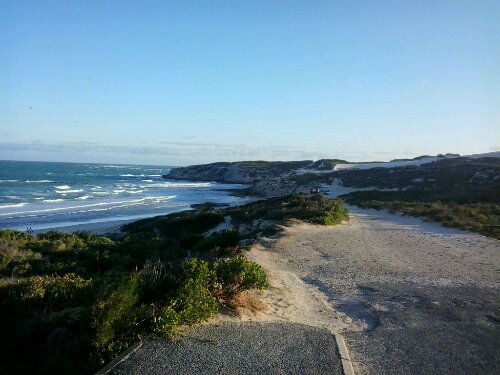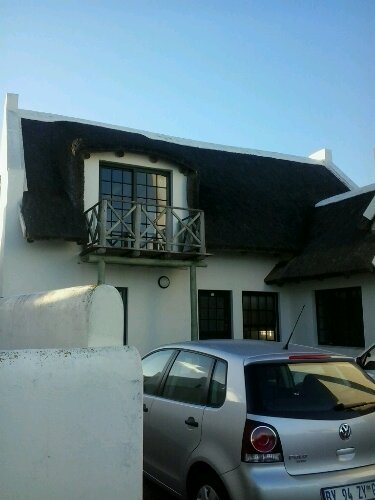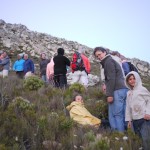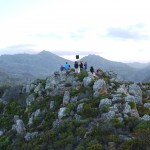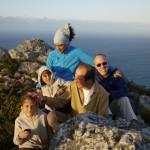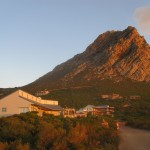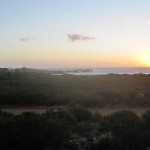, First-time visitors to Capetown will immediately notice the multi-multi nature of the city. As a result of the Dutch’s particular approach to slavery, Capetown today boasts one of the richest blends of people.
First-time visitors to Capetown will immediately notice the multi-multi nature of the city. As a result of the Dutch’s particular approach to slavery, Capetown today boasts one of the richest blends of people.
The Slave Lodge Museum is part of the UNESCO Slave Route Project, a commemorative exhibit to the abolition of worldwide slavery. The project aims to build and strengthen a culture of human rights and increase awareness of contemporary issues around equality, peace and justuce. The building itself was the official slave stock house for the V.O.C., the Dutch East Indies Company.
It was the Dutch East Indies Company who introduced slavery to The Cape in 1658, some 39 years after America’s first batch of slaves. In 1652 they had set up a refreshment station for ships running the spice trade routes. The Dutch liked the area so much, they decided to establish a permanent colony, which of course meant they’d need a few more people to get the work done.
The Company did not allow the enslavement of local populations, the Khoe-San. The Khoe-San made important trading partners in the beginning, but eventually they, too, ended up virtual slaves through The Company’s indentured servant program.
Cape slaves were not part of the trans-Atlantic trade, meaning boats did not typically drop off West African slaves on their way to the Americas. The first two groups of slaves brought in 1658 did come from the western regions of Angola and Benin, and later African groups came from Madagascar and Mozambique. Along this east African route, a slave ship could lose up to 15% of its slave cargo. The trans-Atlantic slave ships lost 20% – 30%.
In fact, the majority of South Africa’s slaves were not African but Asian. India, Sri Lanka, Malaysia and the entire Indonesian archipeligo provided the largest proportion. Smaller numbers came from Thailand, Japan, Burma, the Phillipines and even the Middle East.
Unlike the American trade, slaves in South Africa were seldom raid acquisitions. Instead, The Company took advantage of famines, when families would sell other members into slavery. Or, they got slaves from war captives, shipped out by rival tribes. Others were acquired by an individual’s inability to pay a debt or a fine. Many were born into slavery.
I’ve already forgotten the exact numbers, but just like the American colonies, slaves quickly outnumbered white Europeans many, many times over. Combined with local populations and later immigration trends, ethnic diversity throughout South Africa will surprise those who aren’t aware of the country’s slave past.


 First-time visitors to Capetown will immediately notice the multi-multi nature of the city. As a result of the Dutch’s particular approach to slavery, Capetown today boasts one of the richest blends of people.
First-time visitors to Capetown will immediately notice the multi-multi nature of the city. As a result of the Dutch’s particular approach to slavery, Capetown today boasts one of the richest blends of people.